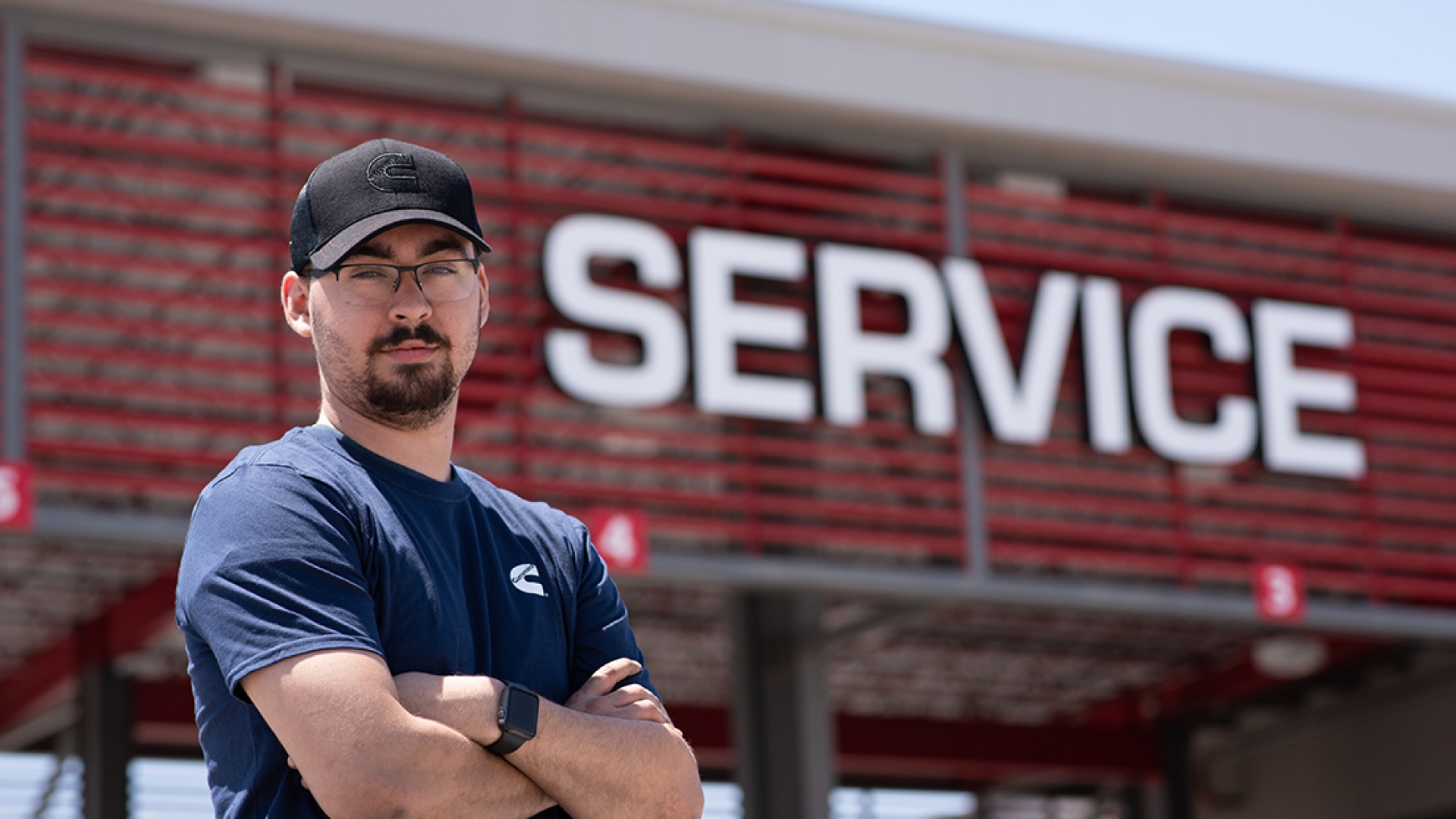A new generation of essential workers keep our lights on, hospitals running, and lives connected
As our dependence on electricity continues to rise at home, in healthcare facilities and beyond, there are a handful of professionals hard at work to ensure our connected lives stay on.
By Aytek Yuksel, Content Marketing Leader - Power Systems

This is a very difficult time for everybody, but make no mistake we will get through this together.
COVID-19 continues to impact our lives in ways the previous disasters didn't. Most notably, its broad spread and extended duration put tremendous strain on healthcare systems and highlight the importance of healthcare professionals as essential workers.
A unique aspect of the COVID-19 pandemic is the need for many to stay at home due to the national lockdowns. Many are working from home, participating in distant learning and spending time with family and friends through video calls. Our connected lives help us to be more productive, yet rely on a key ingredient: electricity.
Our dependence to electricity is on the rise in homes, healthcare facilities and beyond
One in four homes in the United States are all-electric, using solely electricity for all energy needs. Similarly, commercial buildings source the majority of their energy in the form of electricity.
Hospitals, experiencing increasing demand during the current pandemic, are intense users of energy. Energy Star identifies hospitals as the building type with the second highest energy use intensity (EUI) 1.
Data centers bring us the connectivity we need for distant learning, virtual meetings and video streaming. Their need for electricity is significant. They are estimated to consume around 200 Terawatt-hours (TWh) of electricity annually 2; this is about 1% of the world’s electricity use.
How we get electricity is dramatically changing with distributed generation technologies
Historically, electricity has been generated in large centralized power plants. This electricity was then delivered through transmission lines, transformers and distribution lines to healthcare facilities, data centers, homes and beyond.

More recently, decentralized technologies, ranging from solar rooftop panels to stationary energy storage devices, made distributed generation a critical element of how we access electricity. Distributed generation introduces an interconnected ecosystem of smaller power generation systems, often called as a microgrid, at or close to the point of consumption. This proximity to consumption reduces the cost and inefficiency associated with transmission and distribution. Distributed generation also offers sustainability benefits such as reduced emissions through the integration of renewable sources with existing energy assets.
Driven by these benefits, it is expected that more customers will access electricity through decentralized technologies than direct connection to the grid by the mid-2020s, according to Bloomberg NEF.
A new generation of essential workers ensure our access to electricity is not interrupted
Our increased dependency to electricity combined with our connected lives highlight the need for a new generation of essential workers. They work extended hours and make sacrifices so our homes, healthcare facilities and data centers have uninterrupted access to electricity, centrally or locally generated.
- Electric utility technicians: Utility technicians ensure the utilities provide electricity to the system. They troubleshoot issues around the electricity generation in power plants, electricity transmission and sub-station operations. Given the increased sensitivity to the loss of electricity, they work with a much smaller margin of error than ever before.
- Power generator service technicians: Hospitals, data centers, water treatment plants and many other facilities have backup power systems to be used if their primary source of electricity is interrupted. These backup power systems often include power generators, transfer switches and paralleling systems; and need to be maintained by qualified technicians.
Richard Evelyn is one of these service professionals and works closely with data centers, so our connected lives stay on. You can read about Richard’s recent experience during this pandemic and his suggestions around virtual camaraderie.
This is a very difficult time for everybody and the world is joining together to keep people healthy first and foremost. Meanwhile, essential workers across industries go above and beyond to keep our healthcare system running, groceries stocked and access to electricity uninterrupted.
Sign up below for Energy IQ to periodically receive relevant insights and trends about energy markets. Think your friends and colleagues would like this content? Share on LinkedIn and Facebook.
References:
1 EnergyStar Portfolio Manager Energy Use Benchmarking. [PDF file]. n.d. (2012, October). Retrieved August 18th, 2019 from https://www.energystar.gov/
2 Global data centre energy demand by data centre type. (January 7, 2020). International Energy Agency. Retrieved from https://www.iea.org/
Author Profiles

Aytek Yuksel, Content Marketing Leader - Power Systems
Aytek is a marketing leader at Cummins, focusing on technology and thought leadership. Since joining in 2008, he has held various marketing roles and now shares insights on markets, technologies, and energy transition. Aytek lives in Minneapolis with his wife and two kids.
Related Tags